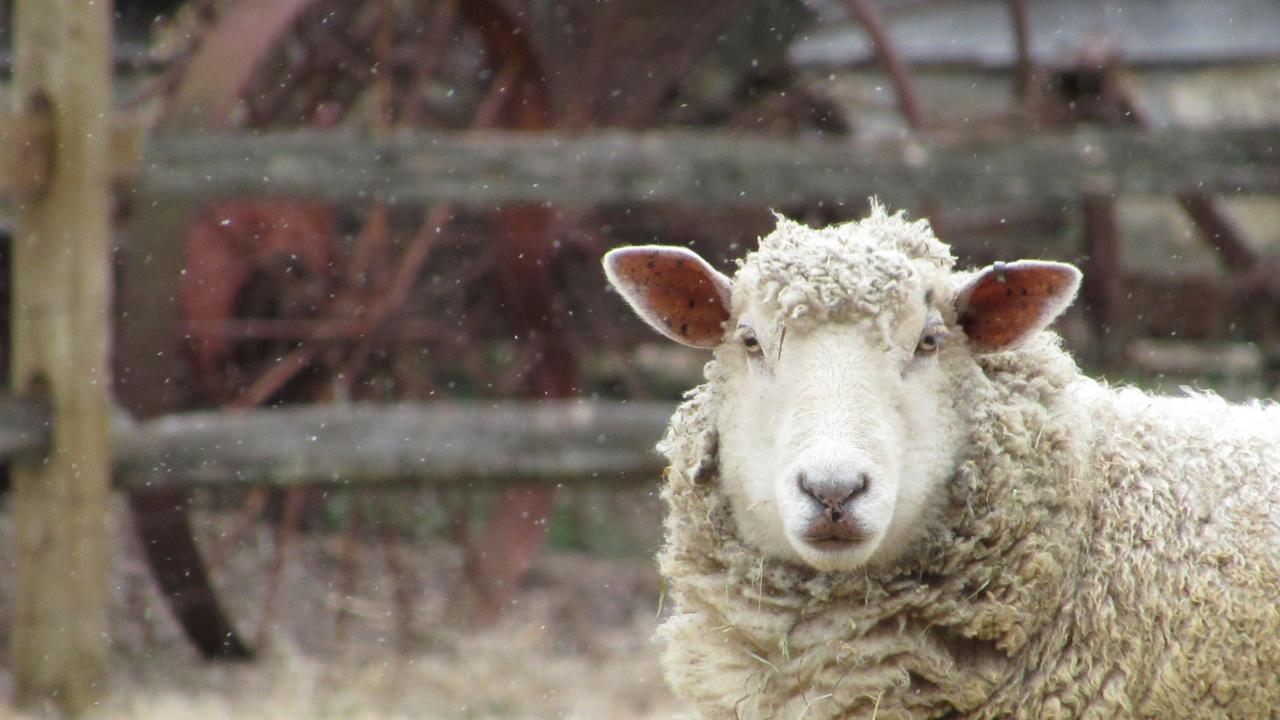Gains gone, momentum lost

THE wool market again struggled against the current last week with a weaker local currency providing a lifeline but demand still lacklustre.
For the past three weeks traders and processors have been trying to pass on the higher September prices but have hit the proverbial brick wall.
Last week was no different and the market was brought back to earth with a thud. In US currency prices are now back to where they were in mid-September after the Estern Market Indicator fell US19c/kg.
The stronger greenback meant the fall in local currency terms was only 6c/kg.
Thanks to currency move ments the market has managed to hold on to 30c/kg of its September rise but with more volatility around the world there is no guarantee that this gain will be maintained in the short term.
The finer Merino types were most affected this with losses of 30c/kg to 40c/kg while medium Merinos only eased by 5c/kg to 10c/kg over two selling days.
Knitwear continues to out perform worsted fleece types and these wools more or less maintained their levels.
Crossbred wools were the shining light with rises of 5c/kg to 10c/kg as mills continue to service the carpet wool industry and look for lower-risk inputs.
The market stalling is having an impact on sale offerings as well, here and overseas. South African growers are reluctant to offer their clips with around 15 per cent of the wool withdrawn before auction and a further 4 per cent passed in.
In Australia a similar amount, around 14 per cent, was either withdrawn of passed in.
To some degree cashflow considerations dictate actions but if they can, many more growers are voting with their feet amid the current impasse of low returns.
Mills overseas are well aware of the need to increase prices paid to growers and nobody will complain when demand does increase and prices rise again.
Despite this collegiate spirit many mills overseas are facing losses as they are forced to maintain production while selling their product at a loss.
Consumer demand in China has been very fickle and often reflective of the performance of the Chinese stock market where many have their savings invested.
The bourse boomed for a brief time in late September following govern- ment stimulus, but quickly crashed back to earth when no follow-up measures appeared.
The other discouraging factor for consumer activity is the weather, which of late has not been conducive to purchasing woollen garments and remains topsy turvy at best. Normally by November in the northern hemisphere the winter woollies are being dragged out of storage or purchased anew, but apart from very northern Europe temperatures are not that cold yet.
So, the three main factors of geopolitical unrest, Chinese economic uncertainty and the weather can all improve and thus the wool market can also lift, but until these building blocks are sorted it is unlikely that we will see a turnaround.

Add new comment